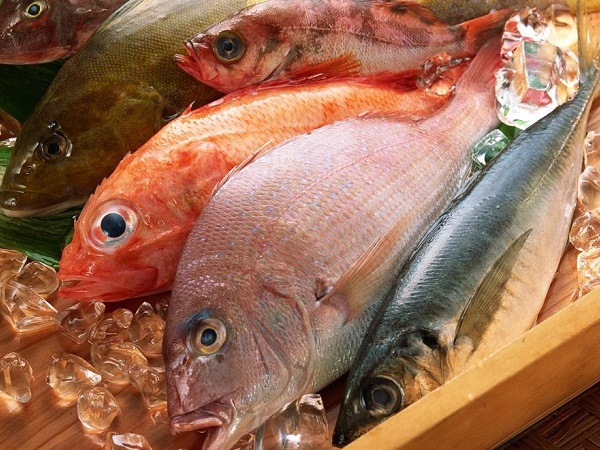
1455 Reviews
https://thesismethyl.com/
1
thedsfcdanhofblddueleBtjOpinYx
how to form a thesis apa citation thesis thesis statement for research paper
https://thesismethod.com/
1
zxsfgxyeeddsvrnundddueleBtjOpinYt
essay thesis example how to create a good thesis statement meaning of thesis
https://essaymetals.com/
1
rgfwwqeddybfthgDenoptonirqs
patriotism essay definition essay personal statement essay
https://papermetering.com/
1
egfknjedeadrilergjvgDenoptonisww
can you write my paper for me homework writing service resume writing services prices
https://papermeticulously.com/
1
dmcoerhftsiygthdduele how to write a thesis
buy papers for college executive resume writing service seattle college papers help
https://papermeticulously.com/
1
dmcoerhftsiygthdduele mla thesis format
content writing services buy custom term papers what are the best paper writing services
https://paperabbrs.com/
1
iywgxoesafodsvfddueleBtjOpinYb
essays writer proposal writing services custom article writing https://paperabbrs.com/
https://paperabbrs.com/
1
iywgxoesafodsvfddueleBtjOpinYu
literature review writing service report writing services website copywriting services https://paperabbrs.com/
http://accuccau.topx
1
buy accutane online cheap canada 270 mg
buy accutane online india http://accuccau.topx
